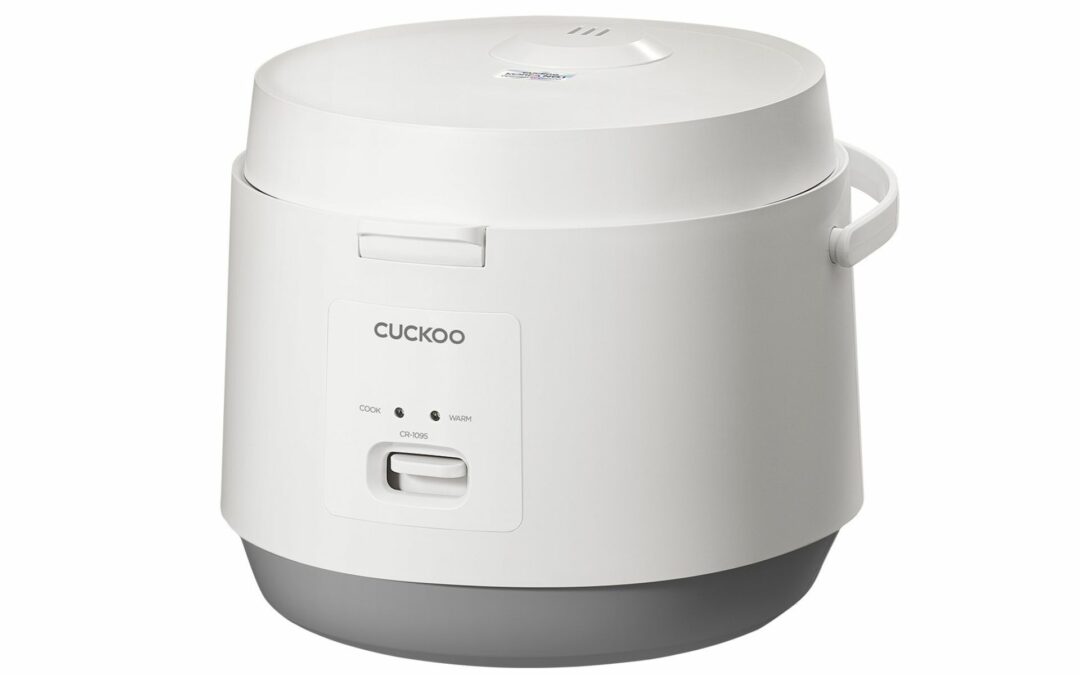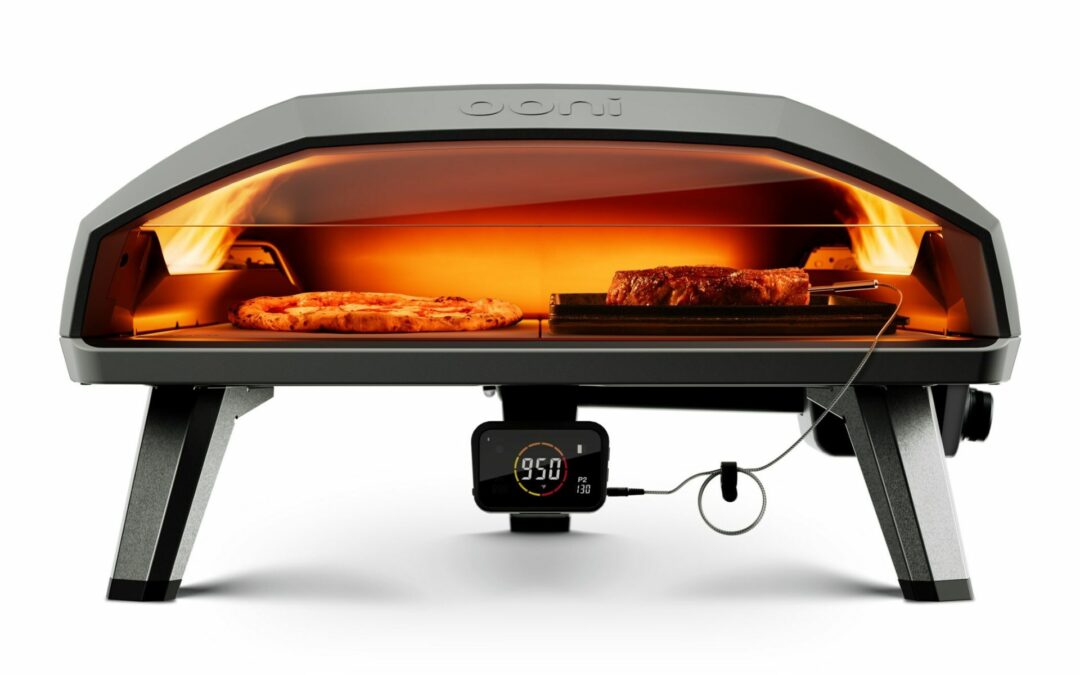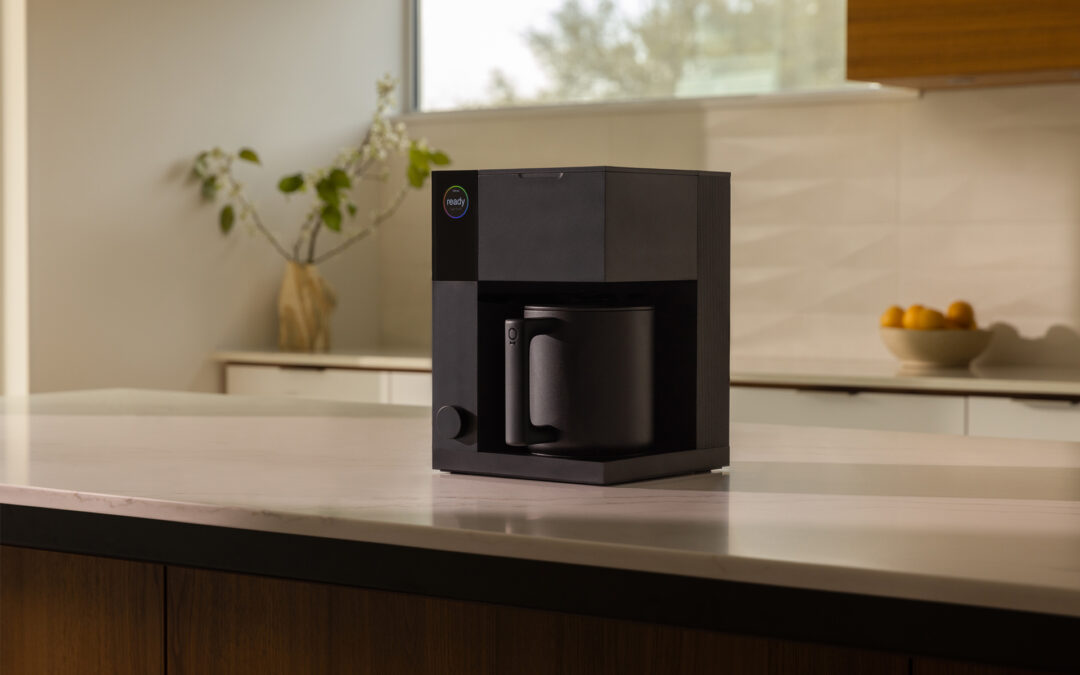Prompted by moderator Peter Giannetti of IHA, a panel of industry specialists from The NPD Group — Joe Derochowski, home industry advisor; Ben Arnold, consumer technology industry analyst; and Darren Seifer, food and beverage industry analyst — discussed opportunities for creating successful smart home products and services in The Future of Smart in the Home session.
“Smart is not a benefit,” Derochowski said, “but a tool to enable solutions.” The kitchen is primed for transformative innovation, he added, once home/housewares, food and technology companies build partnerships to focus on solving specific in-home cooking needs.
“More than 30% of U.S. homes now use smart speakers, such as Alexa, and acceptance of connected home security systems and doorbells also show strong growth,” Arnold noted. “Consumers are further along than we give them credit for,” he added. Voice activation is the common denominator for the mass acceptance of smart home technologies, he believes, and the use case is strongest in the kitchen. The consumer is wondering: “How does my technology make me a better cook or answer the question “What’s for dinner tonight?” These are harder challenges to solve. “That’s where the benefit of the smart home lies. The missing piece here is data,” Arnold stated. “My eating habits can inform devices and appliances in my kitchen about what type of consumer I am.”
Seifer pointed out that the pandemic brought 80% of meals back into the home. In 2020, in-home meals peaked at 90% as restaurants closed. “But consumers didn’t suddenly have new time available to cook all these meals and they looked for time-saving convenience,” he said. Appliance sales soared. “Just as I might purchase a robotic vacuum to clean my home with less personal involvement from me, kitchen appliances help to prepare meals so I don’t have to do all the work,” Seifer added.
“Additionally, digital ordering changed how we bring food and beverages to the table. Monthly online grocery ordering grew from 29% to 42%,” Seifer continued. “We became more comfortable with this technology, so next steps will be less of a leap because of this rapid change.”
In addition to convenience and information, consumers seek inspiration, competence and confidence. “Look at the sudden increase in the use of the Echo Show,” Derochowski noted. “Restaurants want to build relationships with their customers. Maybe the “Ghost Kitchen” (delivery-only restaurant) will become our own kitchen, as chefs instruct us to cook and build our confidence.”
Seifer cautioned manufacturers and food companies that some consumers will be slow to change habits. Younger adults may be quicker to adopt and understand new technologies but have lower incomes, so products must be more affordable. He urged industries to “be patient and persistent. Keep the drumbeat going and consumers will jump on the bandwagon.” He suggested that solutions that don’t require major changes in behavior could have a greater chance of success if a product can achieve substitution without sacrifice, for example substituting a new method without sacrificing taste or time.
Seifer outlined the many opportunities in the “path to consumption” to plug into consumer needs. Every step leading up to and after a meal — planning, shopping, preparing, cooking, eating, clean up and storage — can be a point of connection for a food company, tech company or home/housewares company to engage with consumers. These cross-links will build an ecosystem of products and services.
The panel addressed security and privacy concerns. As with cars or phones, updates should be done behind the scenes to reduce consumer intimidation and limit skill or time required by the user. Recurring costs of updates and maintenance will have to be included.
Arnold summarized, “technology offers tools to connect devices and bring information to wherever eyes are. These are powerful tools for changing habits.” He predicted that the truly smart kitchen might be achieved by a startup or an existing appliance company with the DNA of a tech company, the essence of a food firm and a deep understanding of consumer needs. A clear focus on the consumer experience is key. Arnold also noted that if a housewares brand is interfacing with its users on devices, it is already a tech company.
Seifer agreed food, tech and home/housewares companies have the appetite for cross-industry insights and must network to share insights and information.
Derochowski closed by stating home/housewares companies should learn from food and tech companies about what is possible in order to solve consumers’ “I want, I love, I hate” needs and frustrations.
Watch it Now!
Subscribe to our mailing list to view Connect Spring - Spring Session Videos now!





